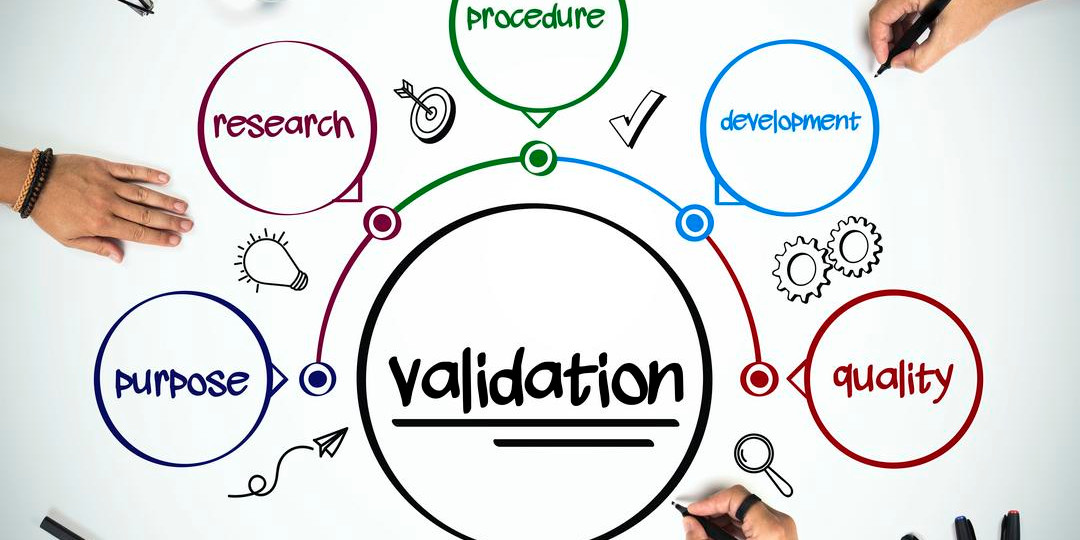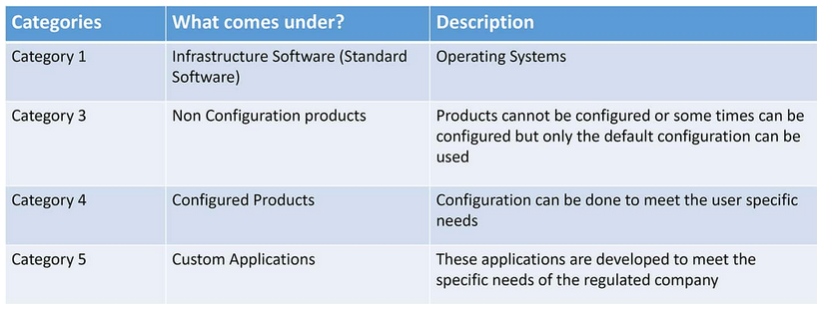
Successful global data transformation projects start with strong global teams
It could be the accelerating pace of technology change, which has created a risk of systems being unsupported and left behind.Or perhaps it’s the external market and its growing demand for agility and deftness – which is hard to achieve when critical content is strewn across the global organization – that is fueling the desire for transformation.
The chances are, it’s a combination of all three scenarios that’s triggering the change now being considered.
1. Celebrate diversity
One of the big advantages of a diverse global team is the range of perspectives it brings to a new initiative. Successful project teams embrace that diversity and treat everyone as equally important to the delivery outcomes, irrespective of their relative seniority or location. There should be no ‘we’ versus ‘they’: to maximize results, it’s important to get everyone working together as one team in which everyone is – and feels – valued.
To achieve this, foster a genuine interest in and appreciation for the cultural differences across the global team. This means factoring in variances in communications preferences to encourage everyone to contribute fully, and respecting differences in preferred working hours – as well as personal boundaries (e.g., evenings/weekends/holidays/family time being sacred).
2. Keep everyone in the loop – and communicate purposefully
Effective communication takes commitment, time and hard work. It’s something that needs to be done continuously and proactively. Invest energy in meetings and, even if travel remains difficult, aim for face-to-face contact where possible and use cameras if sessions need to be conducted via Teams, Zoom, etc. In addition to client/user meetings, schedule weekly team calls which allow colleagues to freely exchange ideas and air issues without the client being present. For more on this topic, please see Dirk Bode’s blog Success Factors for Effective and Efficient Meetings.
It’s important to accept failure, too, promoting a willingness to openly discuss anything that has gone wrong, how to fix it, and how to avoid similar problems in future.
Share successes far and wide, too. It will help create a sense of achievement and pride, and the positivity will rub off – keeping people engaged, raising self-esteem, and ensuring that individuals feel valued. Don’t restrict this to the immediate team; let everyone see what’s going well so they can see progress and join in with celebrating even the smallest wins.
3. Make team-building an ongoing priority
Team building isn’t – nor should it be – a one-off activity. Team building should be a continuous activity through which connections and commitment can deepen, and flexibility is allowed for. Regular in-person meetings, where possible, will help with this but again make the most of video meetings where these are the next best option.
Embrace any newcomers directly into the team and be proactive in ensuring that others are aware of them, care about them, and will include them fully – drawing out their strengths and allowing them to shine.
When we recently conducted a whole-team meeting at fme, we began with short introductory presentations by each team member, for the benefit of the new hires. Everyone prepared the following three slides:
-
- Tell us a bit about your career path before you joined fme
- Describe your current role and remit at fme, what you like about it, and what could be improved
- What are your personal interests/hobbies/where do you live and what else should we know about you?
These presentations really broke the ice; everyone was able to find some form of connection to other team members and the collaboration started off from a much more personal level.
4. Look for evidence of strong global team capability in your strategic partners
As the world becomes smaller, globally-managed projects will become increasingly common, and also critical to ensuring greater international coordination, consistency, and efficiency in the delivery of outcomes.
But, as global endeavors become the norm, it can be tempting to assume that all international capabilities are the same when engaging external consultants, program management companies, and technology service providers. This is a risky assumption, if it means they then judge and select partners based primarily on cost or KPIs. This is likely to result in corners being cut, undermining successful delivery.
The only safe way to gauge the global capability of a new provider is to look closely at their track record, either by taking up references from across their existing client base or by scrutinizing the case studies on their web site. It’s also a good idea to review the typical duration of those relationships.
fme is well known for its impressively high client retention rate, and for trusted partnerships which often go back 10-15 years, spanning multiple projects. Importantly, we take client feedback very seriously too – conducting surveys with clients as often as 2-4 times a year, to ensure project quality is consistently high, and to enable continuous improvement across our processes, our software, and our management consultancy practice. Please watch the video below if you are interested in some client voices on this topic.
 fme AG
fme AG fme SRL
fme SRL





